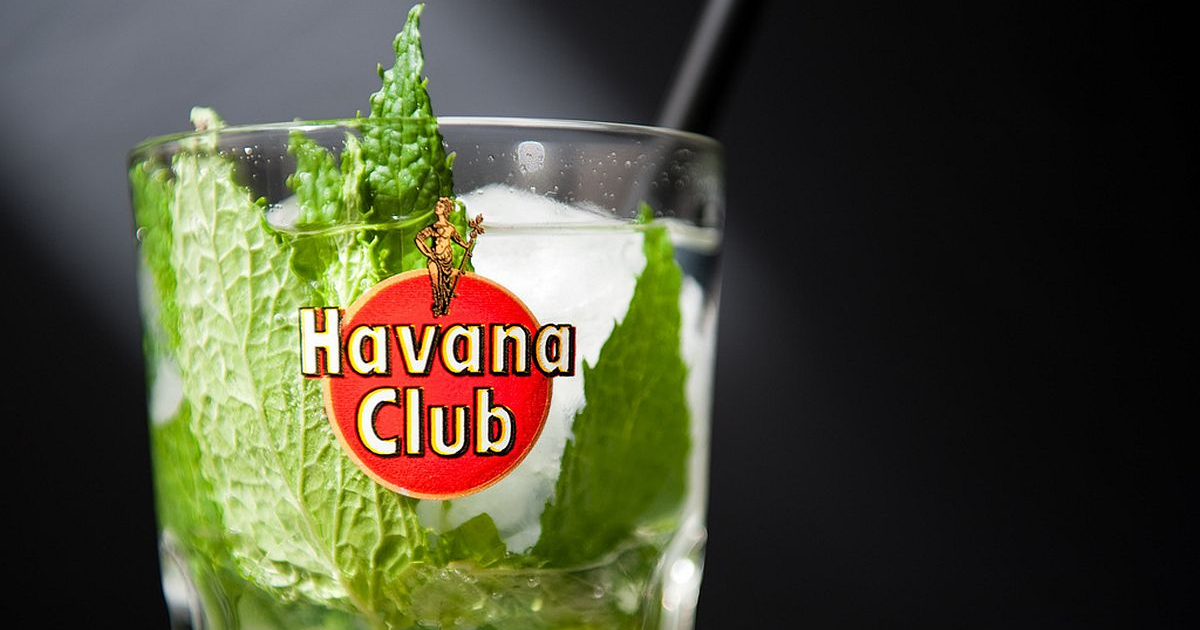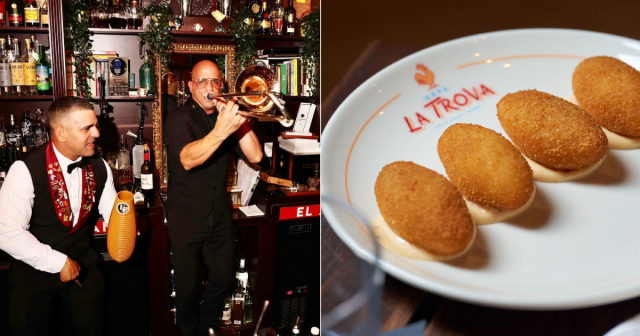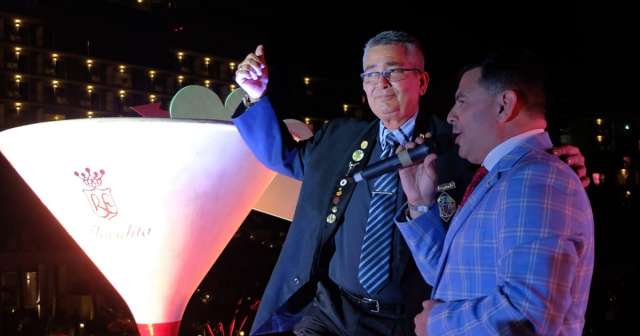
With the new direction of Cuba-USA relations, Cuban mixology must be experiencing a moment of glory.
It should... but the perception that exists, at least in the United States, about Cuban rum, and the many "variations" in which it is used, is often almost nonexistent.
The elders nostalgically remember hearing stories about "Cuban cocktails," about Hemingway, or about Cuban casinos and Cuban nights in the 1950s; because, of course, when alcohol prohibition took over American nightlife, the parties moved to Havana, and from there, the "cocktail menu" was exported to the United States, with three very renewed recipes barely surviving: the Mojito, the Cuba Libre, and the Daiquirí. Of those three, two owe their existence today in the palates of American drinkers to the Nobel Laureate in Literature.
"Thanks" to this error, and thanks to "Hollywood," there is a mistaken belief that cocktail culture as such came to Cuba from the United States, but that is not the case; rather, it has been the other way around.
Many associate the periods of Prohibition in the USA with the departure of numerous American bartenders to Cuba. And yes, it happened, and Cuba was more than just a "workplace" for hundreds of them, but let's not be mistaken: There was already a cocktail tradition in Cuba.
Nowadays, with so much talk about Japanese culinary culture - or Peruvian, which is greatly influenced by Japanese - it must be said that Cuban bartenders of the 1920s and 1930s were to their time what Japanese waiters are to ours. In fact, in 1924, there was already an Association of Cuban Bartenders in Havana.
Cuban bartenders are technically skilled and have taken the best of the cocktail from America, refining many of the drinks that are now known internationally.
In a year as distant as 1930, in Cuba, an Official Bartenders' Manual was published.
Based on one published in the United States in 1914 (Manual de Straub), this Cuban manual not only includes those cocktails that are specifically Cuban but also reinvents many others, offers variations and suggestions for those others from North America, and even adds another 60 original Cuban recipes. In this manual, let it be known, the Daiquiri Frappé makes its first appearance, along with other popular local drinks such as La Chaparra (rum, sugar, sweet vermouth, and lemon peel) and the Colonial (sweet vermouth, Picon, Curacao, bitters, and mint).
Of the 60 drinks added to Straub's work by the authors of the manual, almost 50 percent of the cocktails use another type of spirit, mainly gin, cognac, and even rye whiskey.
Have there been appropriations, mixtures, and remixes? Yes, of course, but we need to be clear: if you are someone who enjoys drinks (cocktails) based on White Vermouth, you should know that it was the Cuban bartenders who were the first to use this drink as a base in cocktails. For example, the famous "Presidente," even though many insist on making it with Red Vermouth, is originally made with White Vermouth. The Jai Alai was the favorite of the presidents of Cuba when they went to enjoy tournaments of this sport, which were so frequent during the neo-republican era. And if you hear about the Adalor, know that it is the predecessor of the famous Bellini.
The Cuban Bartending Style
The contribution of Cuban bartenders to world cocktail culture goes beyond the "technical" recipes added to traditional cocktail menus.
"Tossing the drinks," the use of blenders, techniques that were already falling out of use in America, acquired a special connotation in Cuba, as they were not only applied to "simple" beverages but even to cocktails with more than one base, and "elegant" ones like the Mary Pickford, which saw their ingredients "flying" from one glass to another in the hands of Cuban bartenders.
Bartending in Cuba not only gained "substance" in the technique of drink preparation according to a standard, but it also acquired spectacle.
Let's not be mistaken. Cuba is, in the cocktail, much more than everyone thinks.
original source: Punch Drink.com
image: Flickr
What do you think?
COMMENTFiled under:





